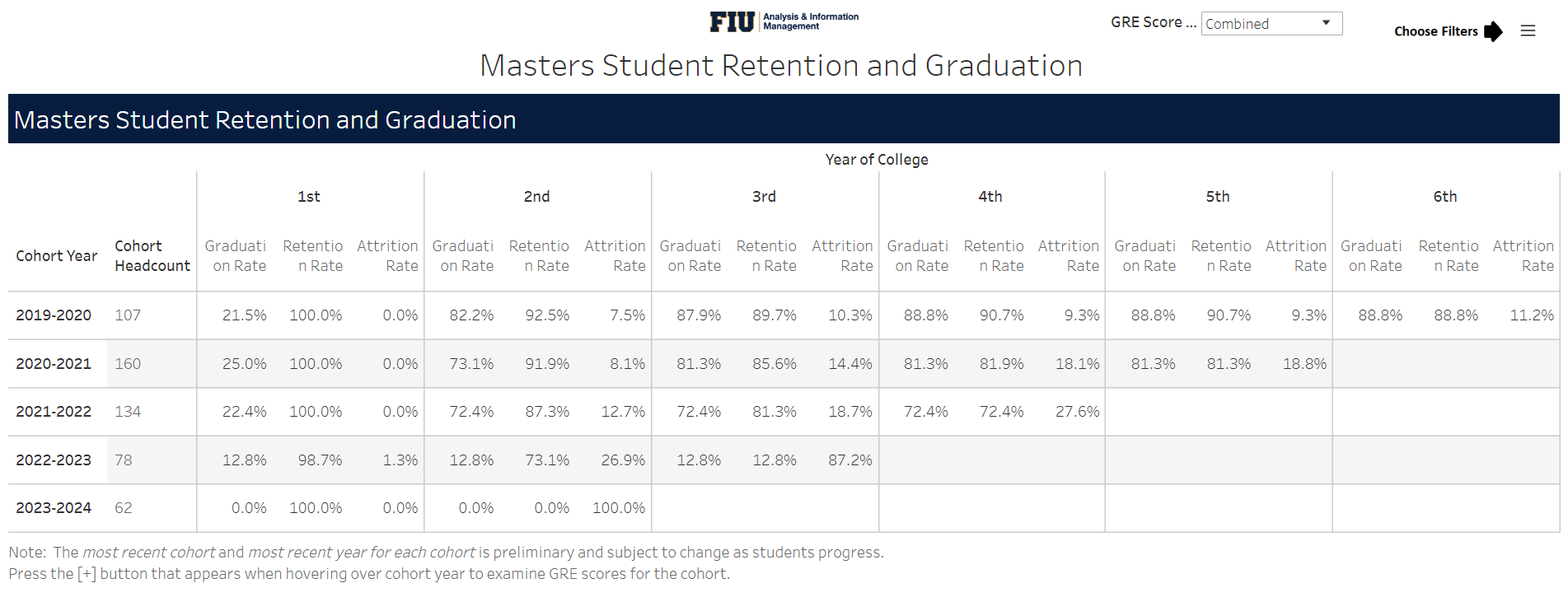Self-Study Report for Accreditation
The School of Communication (formerly part of the School of Communication and Journalism and prior School of Journalism and Mass Communication [SJMC]) was reaccredited by the Accrediting Council on Education in Journalism and Mass Communications (ACEJMC) in Spring 2022. The ACEJMC Council vote was unanimous, as the school was found to be in compliance on all nine accreditation standards for excellence. This is the fifth time that FIU’s program has been accredited since 1991. The committee’s vote capped a rigorous six-year accreditation process that intensified in the past two years. The school has made the self-study available in the interest of transparency and public accountability.
Public Accountability
The School of Communication provides the following information in accordance with guidelines from the Accrediting Council on Education in Journalism and Mass Communication (ACEJMC), which requires accredited programs to post their retention and graduation rates. The data include our undergraduate and graduate programs, both of which are accredited by ACEJMC.
Additionally, we have provided information about the diversity of our student body, our recruitment and enrollment numbers, and the average entry salaries of students.
Retention and Graduation Data
Data Source: Retention and Graduation File (BOG) Date Last Updated: August 24, 2023



